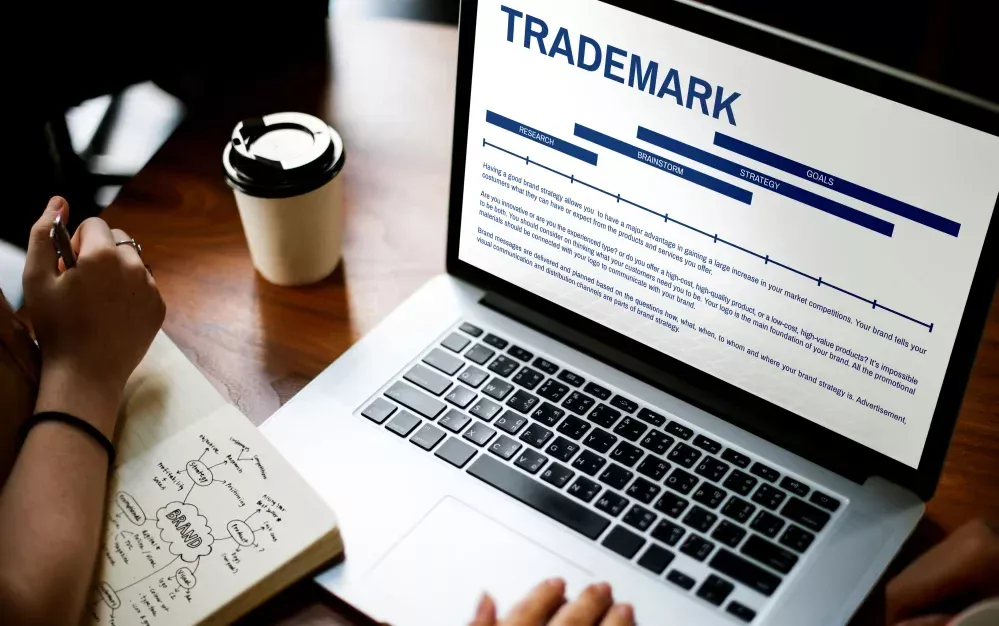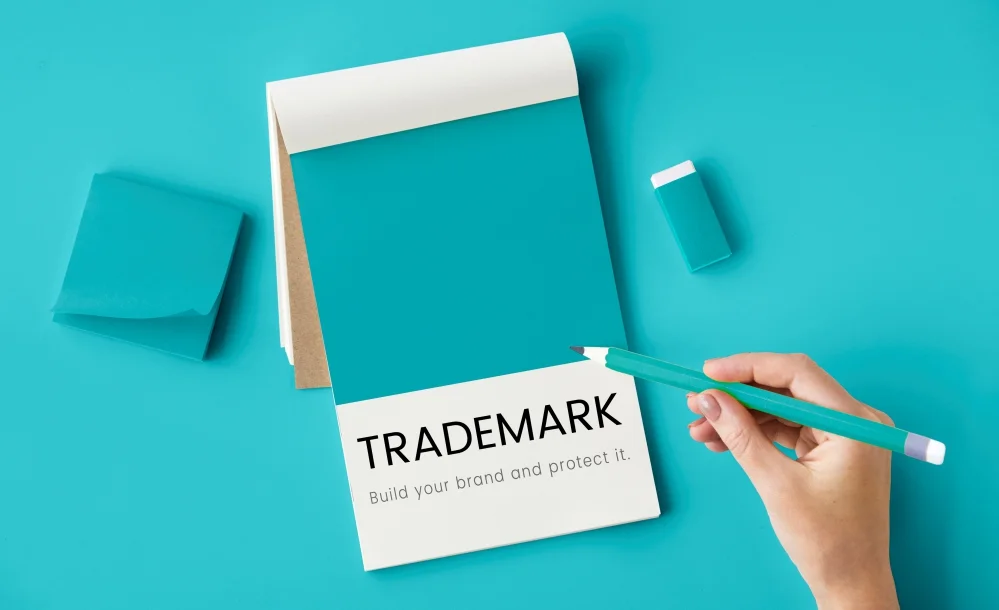
What is a trademark and how do you obtain one?

A trademark (TM) is a legal instrument that protects your company from competitors. It distinguishes your company from others in the market, and in addition to exclusive rights, a trademark lends legitimacy to your brand.
What is the distinction between R(®) and TM(TM)?
The letter R (®) is derived from the English term registered and represents a legally registered mark with a higher level of protection.
TM (™) is an abbreviation for trademark. This designation, however, is not dependent on prior trademark registration. It simply indicates the user intends to claim common law trademark rights to the trademark.
What are the advantages of a trademark?
Having a trademark provides several advantages. First of all, it prevents others from using your mark without your express permission on their goods, in offerings, during import or export operations, or in advertising.
In the event of any misuse of your trademark, logo, or product, you possess the legal right to take action. This process is notably more straightforward compared to not having a trademark, as you won’t be required to extensively prove your ongoing use of the trademark and its extent throughout legal proceedings.
Additionally, a trademark grants you the right (although not an obligation) to use the registered symbol (®).
Types of trademarks
A trademark doesn’t limit itself to just a name or logo; it encompasses a variety of forms. There are ten primary types of trademarks: verbal, figurative, spatial, positional, design, color, sound, multimedia, hologram, and motion.
Registration extends beyond words, allowing you to protect elements such as a logo, your company’s color palette, or even the distinct shape of your product.

Consider these examples:
- Word: Fakturoid, Škoda
- Logo: McDonald’s, Apple
- Combination of letters and graphics: IBM, Java
- Product form: Coca-Cola bottle, Toblerone chocolate wrapper
- Color: blue-silver combination – Redbull
Classes of goods and services for trademarks
Each trademark application necessitates a list detailing the goods and services intended for trademark registration. Importantly, the trademark’s validity is confined to the registered goods and services.
For the purpose of registration, goods and services are categorized into 45 classes, as per the International Classification. This classification organizes items based on material (for goods) or nature (for services). A comprehensive list of all applicable classes can be found in the International Classification, accessible at https://upv.gov.cz/informacni-zdroje/tridniky/tridnik-ochranne-znamky.
What should I pay attention to?
Once you’ve submitted a trademark application, it’s crucial to note that you can only narrow down the list of goods and services covered by the trademark, not expand it. If any category is inadvertently omitted in your application, a new application must be submitted.
How do I register a trademark?
Individuals and legal entities alike can submit applications for trademark registration. The Industrial Property Office (Úřad průmyslového vlastnictví) manages trademark registration in the Czech Republic. Begin by checking the online trademark database (https://isdv.upv.gov.cz/webapp/!resdb.oza.frm) to verify if your mark is identical or similar to existing ones.
Proceed to fill out the application form, available online (https://isdv.upv.gov.cz/webapp/epod.epweb.podaninove) or on paper. Representation by a lawyer or patent attorney is optional but not mandatory. Specify the details of the relevant legal entity or individual; you can apply on your own behalf or on behalf of a company, as per your preference. In such cases, the rights will belong to the applicant.
Include an image of your sign and details about the type of sign, such as a logo with a word mark constituting a figurative mark with verbal elements. List the goods and services for which the mark is being registered. Post-application submission, the agency reviews all information; if approval is granted, the registration is published in their newsletter. The department may also contact you for any necessary additions or clarifications.
Within three months of filing, a third party can file an opposition. If no objections are raised, the registration proceeds, and the trademark becomes valid from the date of the application.
How much does a trademark cost?
The cost of obtaining a trademark starts at CZK 5,000 for an individual trademark covering three classes of goods and services. An additional CZK 500 is required for each extra class. A comprehensive list of administrative fees is available on the Industrial Property Office website.
For an EU trademark, the cost is approximately €1,000, and an international trademark begins at CHF 650. Registering a trademark in the European Union offers the advantage of a single registration procedure in one language, providing validity across all EU countries for a period of 10 years. Furthermore, this registration can be renewed an unlimited number of times, each time for another 10-year period.
Trademarks and conducting business abroad
If your business operations are limited to the Czech Republic, obtaining a trademark solely for that region suffices. However, if you aim to expand your activities internationally, exploring various options becomes essential. Each expansion choice requires a separate registration.
- National Trademarks (ÚPV Database): If your business targets only one specific country outside the Czech Republic (e.g., Germany), you can independently register a trademark in that country. This means submitting separate applications for each country, such as the Czech Republic and Germany.
- Trademarks of the European Union (EUIPO Register): Opting for an EU trademark provides coverage across all EU member states. However, keep in mind that this option limits expansion to a maximum of two EU countries. It’s crucial to carefully check the proposed sign for potential conflicts with existing registered marks, as there is a higher risk in this case.
- International Trademarks (Register of the International Intellectual Property Organization): This form of international registration spans over 100 countries participating in the Madrid Agreement and its Protocol.
Responsibilities of a trademark owner
As a trademark owner, it is your duty to utilize and maintain the mark appropriately. You are required to commence using it for the registered goods or services within five years of its registration.
Monitoring the trademark registry falls under your responsibility. If you identify a conflicting application, you should oppose the registration within three months. Since 2019, agencies no longer automatically reject conflicting signs.
The initial validity of the mark is 10 years. In the last year before expiration, you have the option to apply for renewal, extending it for another 10 years (subject to a fee).
Sources:
https://upv.gov.cz/prumyslova-prava/ochranne-znamky
https://www.fakturoid.cz/almanach/legislativa/ochranna-znamka
How to get started with 360 WEDO?
Send us the form and our specialist will contact you shortly




